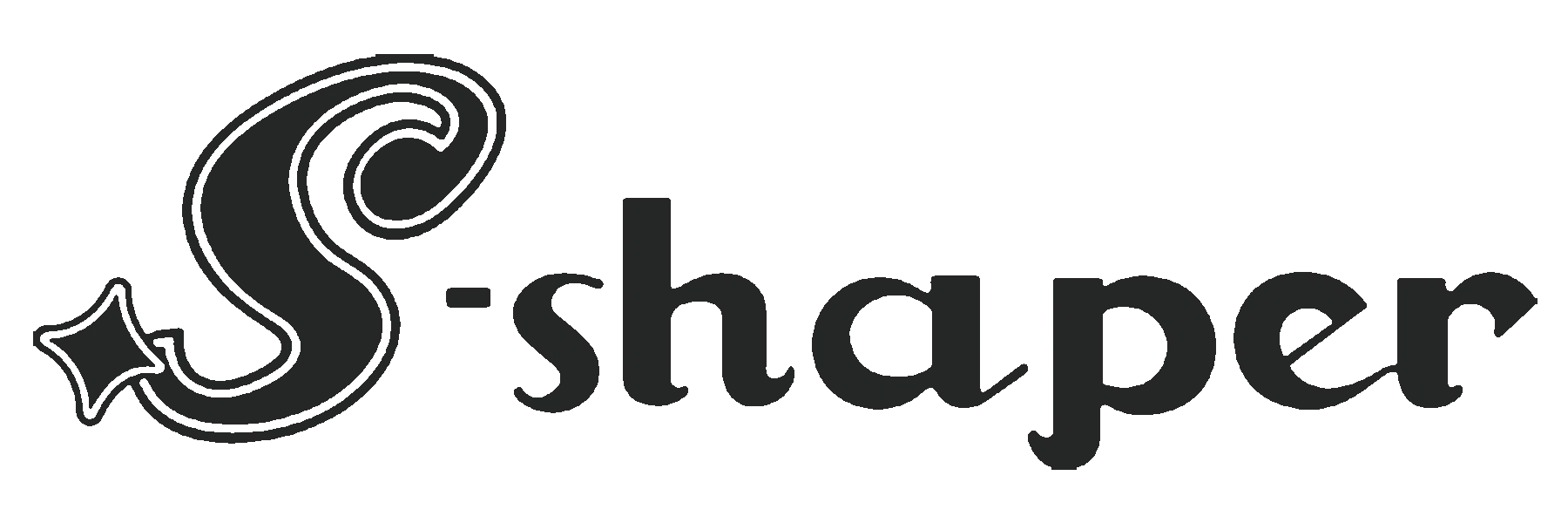How to Create a Shapewear Brand for Your Startup Business?
Shapewear is an increasingly popular category of intimates and foundation garments designed to slim, smooth, and enhance the appearance of the body’s natural curves. If you have an entrepreneurial spirit and passion for fashion, starting your own shapewear brand can be a rewarding business endeavor.
However, building a successful brand from the ground up takes proper planning, significant startup funding, industry knowledge, and perseverance. This comprehensive guide covers key information aspiring founders need to launch a top shapewear label.
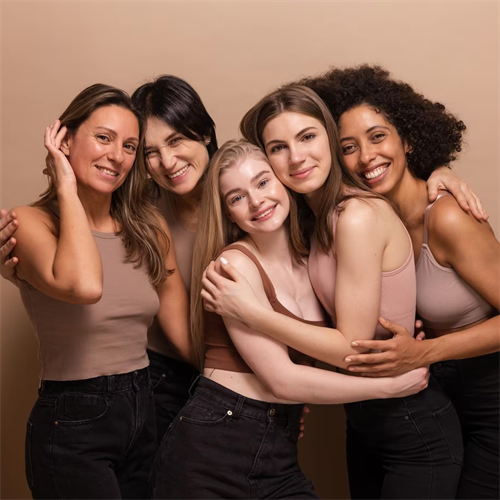
Conduct Market Research on the Shapewear Industry
Before investing time and money into a new shapewear company, thoroughly research the market to determine if there is room for another brand.
Some key questions to answer include:
- What are the current size, growth rate, and trends in the global shapewear industry?
- Who are the major players, and what market shares do they hold?
- What consumer demographics purchase shapewear most?
- What are the hottest selling product styles and price points?
- What features and innovations do customers want that are not widely available yet?
Arming yourself with detailed market intelligence helps minimize risks and capitalize on whitespace opportunities within competitive landscape. Spend time studying both mass-market shapewear brands and specialized, upscale labels to understand unmet needs across customer segments.
Choose a Niche Based on Research Insights
While the shapewear market is already crowded with household names like Spanx, Honeylove, and Skims, opportunities still exist for niche players.
Use your market research learnings to identify an underserved customer segment or product gap. Potential targets include:
- Size-inclusive shapewear extending beyond the standard XS-XL range
- Postpartum and post-surgery compression shapes
- Masculine shapewear lines for men
- Shaping apparel for fitness activities like yoga and cycling
- Sustainable shapewear made from eco-friendly textiles
- Lines serving specific cultural preferences or religious modesty standards
- Medical-grade compression garments with therapeutic benefits
Select a specialized niche where you can provide unique value and stand apart from broad-appeal brands. Avoid directly competing with the mass market companies as a small startup.
Define Your Target Customer Demographic
In addition to choosing a product niche, clearly define the core demographic that will purchase from your shapewear brand.
Detail target customer attributes like:
- Age range
- Gender
- Average household income
- Geographic location
- Marital/family status
- Lifestyle and interests
- Where they typically shop
- Pain points with current shapewear options
- Reasons to purchase your brand over others
Having an intimate understanding of your ideal buyer allows properly tailoring everything from product features to marketing messages. Outline this profile early and refer back to ensure strategic decisions align with satisfying their wants and needs.
Choose a Brand Name, Identity, and Positioning
With your niche and target audience defined, make foundational branding decisions that differentiate your shapewear company in the marketplace.
Select a Memorable Brand Name
Your company name makes a first impression on customers and sets the tone for your brand image.
When naming a shapewear line, consider qualities like:
- Evokes your niche, specialty, or value proposition
- Sounds pleasing and easy to pronounce
- Is unique enough to stand out in a search
- Rolls off the tongue and is easy to remember
- Has available domain name and social media handles
Ideally, the name clearly communicates what you offer while also being short, catchy, and commanding. Use market research polls and trademark searches to pressure test options.
Choose Logo Visuals Reflecting Your Personality
Pair your verbal brand name with a logo that quickly conveys your company’s visual identity.
Some logo tips:
- Utilize iconography, symbols, or illustrations representing your niche
- Incorporate visually striking fonts and wordmarks
- Limit to 2-4 complementary colors
- Looks impressive large or small as needed for various uses
- Evokes desired emotions and brand personality traits
Your logo appears on packaging, marketing materials, your website, and more. The styling should match the poshness or playfulness of your brand as appropriate.
Define Your Tagline, Mission, and Positioning
Further shape your brand image with a tagline or slogan that sums up your specialty or purpose. Support this with an “About Us” mission statement on your website more clearly defining what sets you apart.
Some examples:
- Tagline: “Shapewear reimagined for real women’s bodies”
- Mission: “Our shapewear brand celebrates the diversity of women’s figures in all their beauty. We create size-inclusive slimming essentials designed for both style and complete comfort.”
- Value proposition: “Luxury compression wear offering fuller-busted women medical-grade support and breathable slimming comfort”
Consistent verbal and visual messaging helps customers instantly recognize your positioning difference. Revisit phrasing periodically to keep it relevant amidst company growth.
Design Your Initial Shapewear Product Lineup
With your niche, buyer, and brand identity set, strategically design the specific compression garments and slimwear comprising your initial product launch.
Choose Product Styles Based on Consumer Demand
Research top-selling shapewear styles, innovations people want, and gaps your competitors don’t satisfy to inform product development.
Popular styles include:
- High-waisted shapers
- Seamless bodysuits
- Control camisoles and tanks
- Shaping shorts and boyshorts
- Control briefs and panties
- Strapless shape bras
- Full body suits with arm, thigh, and back coverage
- Waist cinchers and trainers
Consider trend-driven and seasonal styles too like open bust bodysuits, backless shape tops or dresses for formalwear, and breathable compression for hot months.
Mix best-selling evergreen basics with new twists matching customer needs and changing trends.
Offer a Size Range Catering to Your Audience
Size availability is arguably the #1 pain point women express about shapewear across the industry.
Some size expansion options include:
- Expanding standard size chart beyond XL
- Cup and band sizing for fuller busts
- Petite and tall adjustments on standard sizes
- Maternity shaping styles
- Less compression levels for different bodies
Carefully research common sizing complaints and offer an size range genuinely servicing your demographic. Set realistic scope for initial inventory based on production minimums.
Design for Both Function and Fashion
Beyond compression levels and sizes, design secondary feature details improving shapewear functionality and fashionability:
Functional perks:
- 4-way stretch fabrics
- Boning, reinforced panels, tummy control
- Moisture wicking, breathable fabrics
- Adjustable and convertible straps
- Indented hems invisible under clothes
- Hook and eye closures for restroom ease
- Reflective accents on activewear
Styling touches:
- Lace, mesh, cut out, strappy and backless details
- Bright colors, prints and bold patterns
- Seamless finishes for invisibility
- Thongs, cheeksters and midi rise choices
- Matching bra, panty and accessory sets
Balance both compression power and aesthetic sensuality for versatile everyday to special occasion wearability.
Choose Manufacturers and Fabrication Methods
Creating an initial inventory requires partnering with textile suppliers and clothing manufacturers suited to shapewear production methods and minimums.
Select Specialized Shapewear Fabrics
The compression, stretch recovery, breathability, and durability of performance fabrics directly impacts the effectiveness of shapewear.
Common textiles include:
- Nylon + spandex/elastane blends
- Microfiber nylon and polyester
- Powernet – a strong but lightweight nylon/spandex blend
- Open weave mesh for ventilation
Take into account knit type, density, content percentages, and additional coatings or treatments that influence properties. Order sample yardage from a variety of wholesale suppliers to assess what performs best before large fabric buys.
Find Experienced Garment and Activewear Factories
Creating a production-ready tech pack for your designs requires an experienced factory familiar with construction methods and hardware supporting slimming compression levels.
When vetting manufacturers, ask questions like:
- Years of experience with shapewear and activewear?
- What other brands have they produced for?
- Details on their production capabilities – MOQs, machinery, certifications?
- Would they create prototypes and samples from your sketches?
- Where are they sourced for fabrics?
- What third-party testing do they perform?
Tour factory floors while visiting top candidate partners before signing any production agreements or placing orders.
Plan Initial Production Minimum Quantities
Scaling production volume requires significant upfront capital investment into inventory, especially for new brands with high MOQs.
Carefully forecast demand for first collections and fund accordingly:
- Average 2000+ units for a basic style to qualify for minimum factory order
- 5000+ unit orders drive more cost efficiency
- Most factories require prepayment for fabric + labor
- Budget $5+ per unit cost until larger scale efficiencies achieved
Start conservatively with core neutral shades in best-selling silhouettes along with smaller batches of trend or size inclusive styles to test demand before restocking varieties proving popular.
Model and Market Your New Shapewear for Success
With your supply chain and launch collection ready, hire fit models, photograph products, and prepare your marketing strategy.
Hire Diverse Fit Models
Photos and videos modeled on real women’s bodies best showcase shapewear fit, function and value.
Essentials for a strong fit model program:
- Range of sizes from petite to plus
- Mix of ages, heights and body types
- Models chosen should genuinely reflect your core customer
- Capsule wardrobe for complementing garment styling
- Lookbooks showing before and after transformation
Offer fair compensation and usage agreements protecting model rights as brand assets.
Invest in Lifestyle Photography and Video
Visually spotlight how your shapewear flatters bodies, supports comfort, and empowers confidence through:
- Packshots clearly displaying construction details
- Lifestyle imagery pairing shapers with outfit styles popular with your audience
- Real customer photos and reviews celebrating their curves
- Behind the scenes glimpses at company culture and ethical values
Build out branded visual assets reinforcing your unique brand image and buyer persona appeal.
Strategically Market Through Multiple Channels
Spread brand awareness and drive sales through omni-channel marketing tailored to how your niche audience shops:
- SEO and content marketing educating searchers on specialty offerings
- Influencer campaigns with bloggers, vloggers and social media trendsetters popular with your niche
- PPC ads placed contextually alongside shapewear content hubs
- Retail partnerships distributing inventory to multi-brand ecommerce sites or select boutiques
- Pop-up showrooms allowing women to see and try products in metro areas
- Affiliate programs incentivizing third parties promoting you across their network
- Email and SMS communications building loyal fan community
Monitor performance across efforts doubling down on platforms and partnerships yielding highest value customers. Adapt strategies proving less efficient.
Sell Through Your Ecommerce Site and Wholesale
Bringing shapewear seamlessly from concept to consumer requires strategic sales channel selection and execution.
Build a High Converting Ecommerce Website
As an emerging brand, operating your own direct-to-consumer ecommerce site is essential for controlling the customer experience and retail pricing.
Core elements for maximizing on-site sales include:
- Compelling about page conveying your brand story and difference
- Easy site navigation showcasing products in lifestyle contexts
- Detailed product descriptions, specs, photos and video demos
- Incentives like free shipping thresholds and signup discounts
- Trust symbols like security badges, reviews and satisfaction guarantees
- Post-purchase email flows for reorder reminders and product feedback
Continuously test and optimize web functionality, merchandising, promotions and content effectiveness using analytics.
Expand Reach and Volume Through Wholesale
Offering wholesale discounts to multi-brand retailers expands awareness and revenue but lowers margins. Weigh pros and cons before signing onto platforms like:
- Department stores – Macy’s, Nordstrom, specialty chains
- Big box merchants – Target, Walmart
- TV shopping networks – QVC, HSN
- Multi-brand ecommerce – Shopbop, Revolve, Zappos
- Boutique fitness studios and apparel shops
Evaluate minimum order quantities, brand presentation standards, and pricing control prior to approving new accounts. Ensure wholesale relationships strategically align with niche audience shopping behavior preferences for stronger sell-through.
Plan for Ongoing Growth and Investment Needs
Launching a shapewear label is only the beginning. Sustaining a thriving brand long term requires scaling production, expanding products, and retaining customers.
Fundraise to Support Scaling Minimums and Inventory
Significant capital needed to compete includes:
- Fabric expenditure in the hundreds of thousands to meet increased factory minimums
- Salaries, contractor fees, operating overhead
- Paid advertising and marketing programs
- Tradeshow booth, showroom and event presentation expenses
- Product testing, photography, video and other asset development
Explore both debt and equity financing options like business loans, lines of credit, venture capital investors, and crowdfunding platforms to fund growth. Weigh repayment risks accordingly.
Keep Customer-Centric Innovation Pipeline Flowing
fqdnDisplay new Collections and categories catering to emerging needs and style trends while staying grounded in core brand vision.
Ideas for responsibly extending product assortment:
- Line expansions tailored to climate – thermal shapewear, lightweight breezes
- Size upgrades as fit data and demand indicates
- New compression levels – postpartum, light control, extra firming
- Shape-enhancing activewear – leggings, sports bras, swimwear
- Matching shaper sets for layering and mix & match ease
- Limited edition and seasonal styling stories
Set a strategic pace of new launches factoring in production timelines, marketing support needed, and workload bandwidth.
Cultivate Loyalty and Community
Earning repeat purchases and enthusiastic referrals from early adopters fuels steady growth:
- Spotlight user-generated content in marketing
- Surprise rewards program members with perks
- Poll customers directly on product ideas and brand input
- Foster connections between fans via events or social channels
- Show behind the scenes access highlighting real team members
Keep an authentic dialogue going beyond transactions to turn buyers into brand advocates who feel personally invested in seeing you succeed.
Frequently Asked Questions
What is the overall market outlook for the shapewear industry?
The global shapewear market is projected to reach $5.6 billion by 2030 at a CAGR of 10.2%. North America currently holds the largest share driven by growing consumer interest in slimwear and activewear crossover styles. Further growth opportunities come from expanding plus size offerings and continued category innovation improving fit, function and comfort.
What key operations or roles need to be in place when starting a shapewear line?
Core functions span a product team overseeing design, fabrics and manufacturing; digital marketing and ecommerce managers; accountants to handle finances and inventory planning; warehousing and fulfillment oversight; and wholesale account representatives if selling to retailers. As sales grow, departments like PR, customer service and data analytics add value.
What is the minimum someone should expect to invest when launching a shapewear brand?
Excluding startup branding and operating expenses, inventory minimums for an initial collection of 4-6 staple styles can start around $100k. Expect first year costs to reach $250k+ when including digital marketing, sales support and working capital. Higher startup costs apply when producing extended sizing requiring more SKU volumes and fabric expenditure.
What key milestones can serve as signs of progress for a young shapewear company?
Track website traffic growth, conversion rates, average order values, and customer repeat order rates month over month. Wholesale benchmarks involve new account acquisition, sell through percentages, and reorders from retailers. Further validate demand by tracking waitlists, product reviews, social media engagement and peer or industry award nominations.
What common pitfalls trip up new shapewear brands and how can they be avoided?
Underestimating fabric and production lead times can delay inventory stock critical for both web launch and wholesale deadlines. Secure manufacturing partners and financing far in advance. Launching too many untested styles spreads initial marketing budget too thin; it’s advisable to start with core basics until seeing sufficient demand supporting experimentation. Outsourcing too many functions too early on also commonly strains cash flow for fledgling brands; consider taking on some strategic roles in house for the first 12-18 months.
Share This Post:
Table of Contents
Most Popular
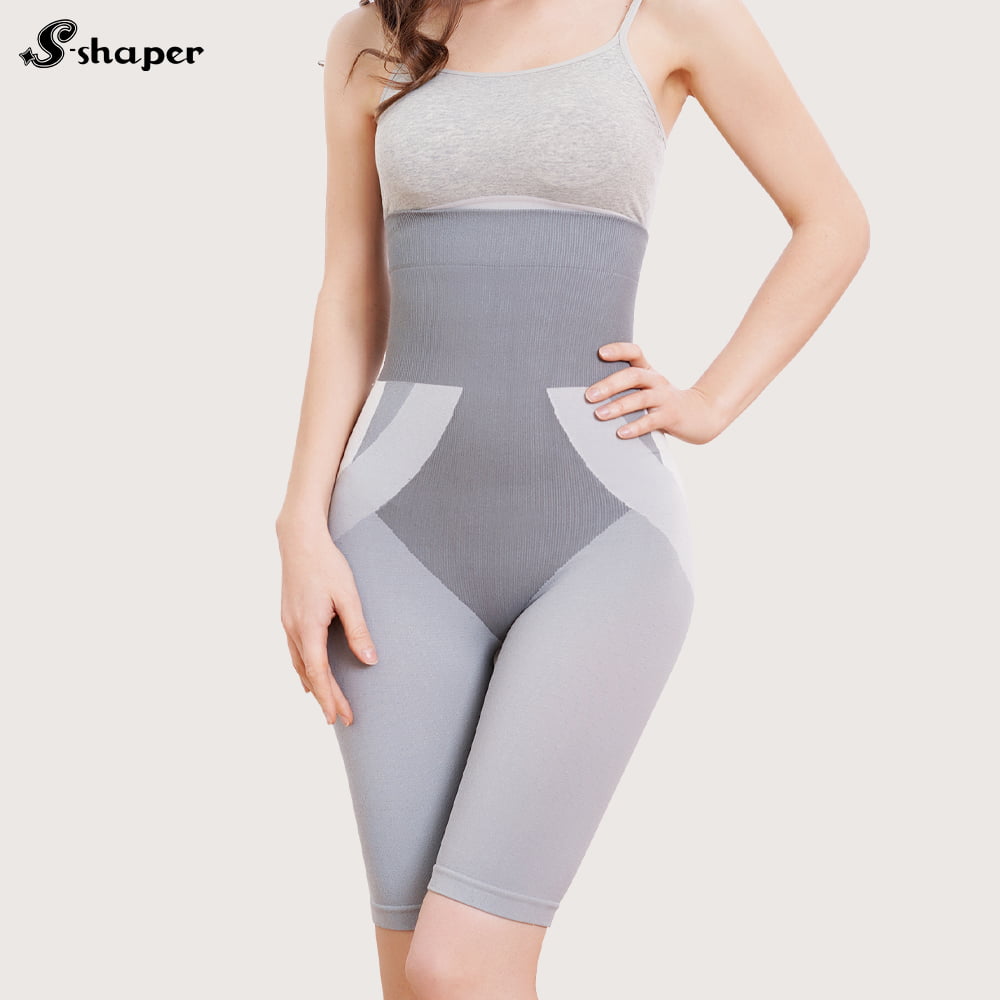
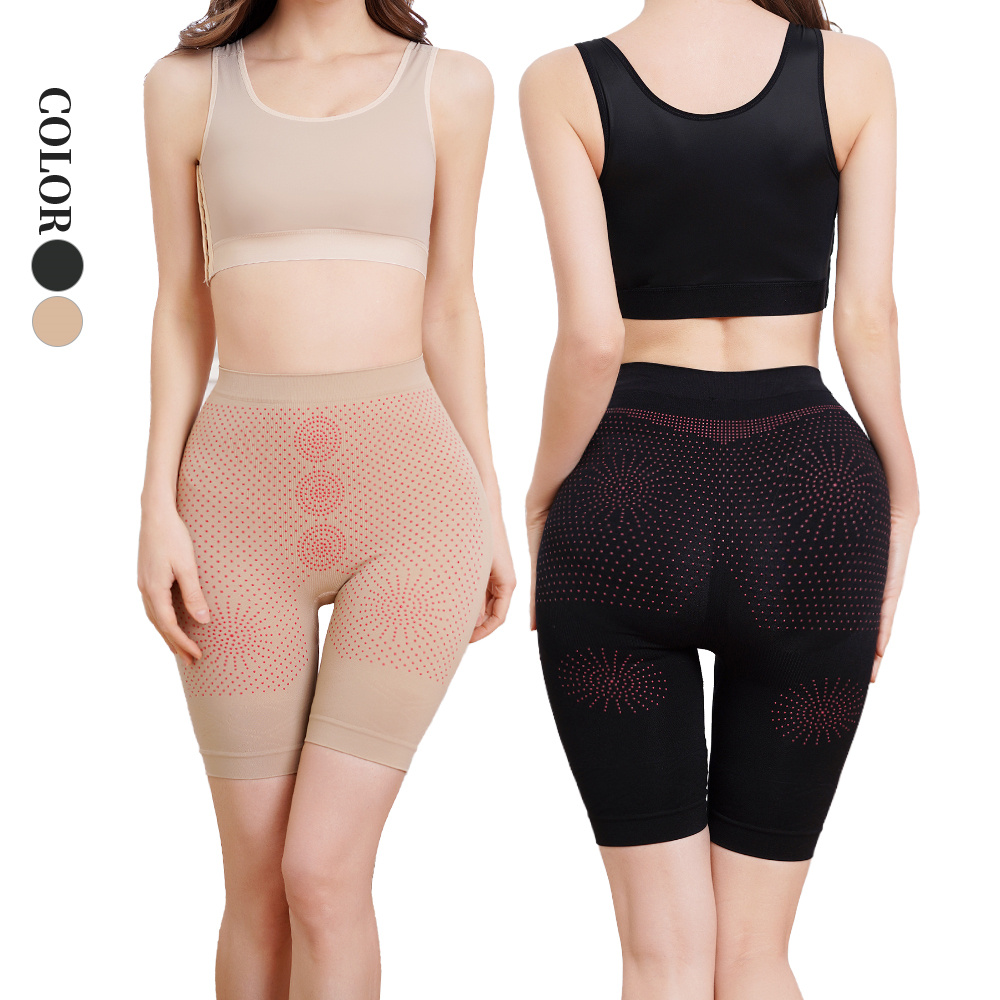
Sweat Shorts Factory in South America for Gymwear Startups
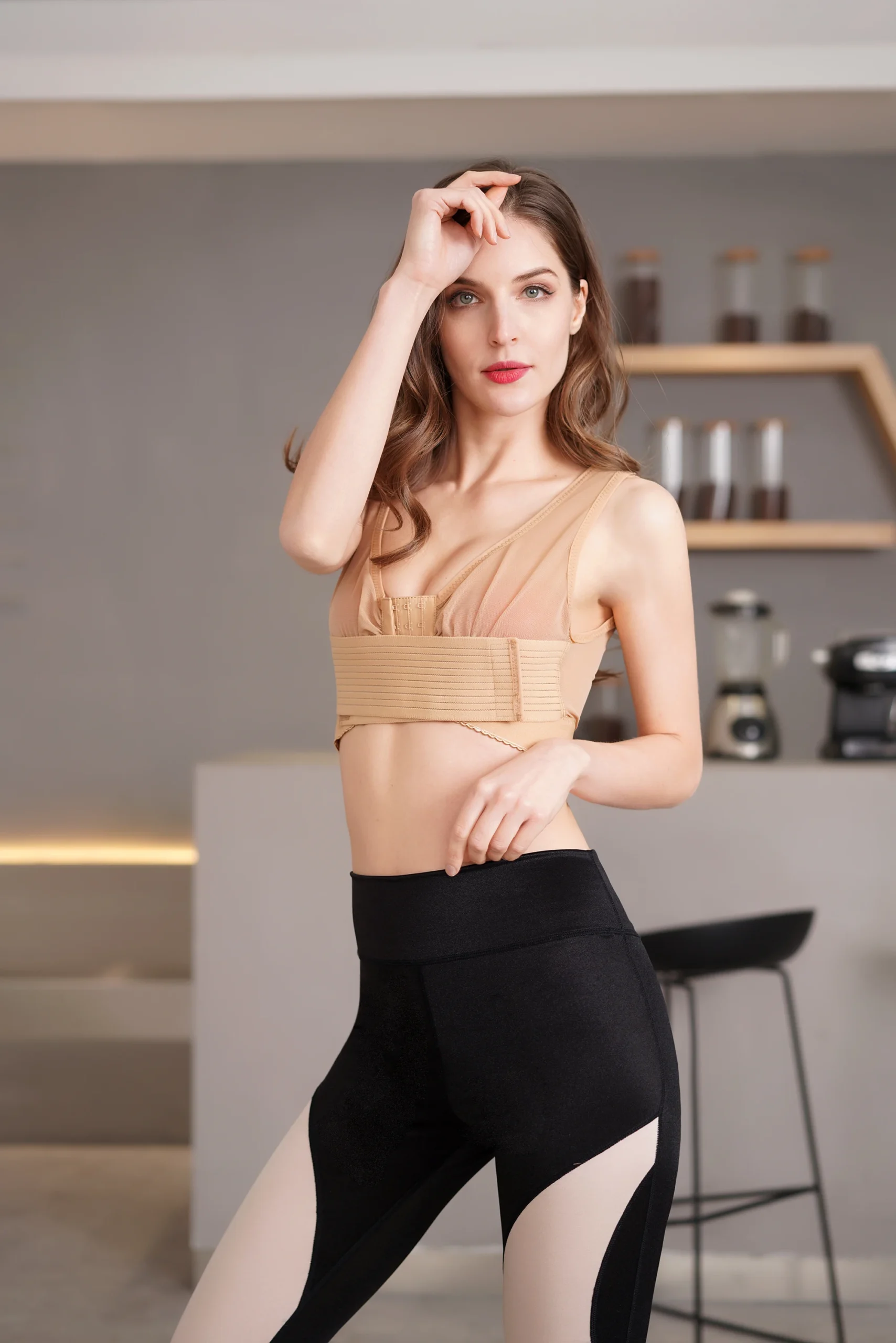
Sauna Belt Manufacturer in South America for Health & Wellness Brands
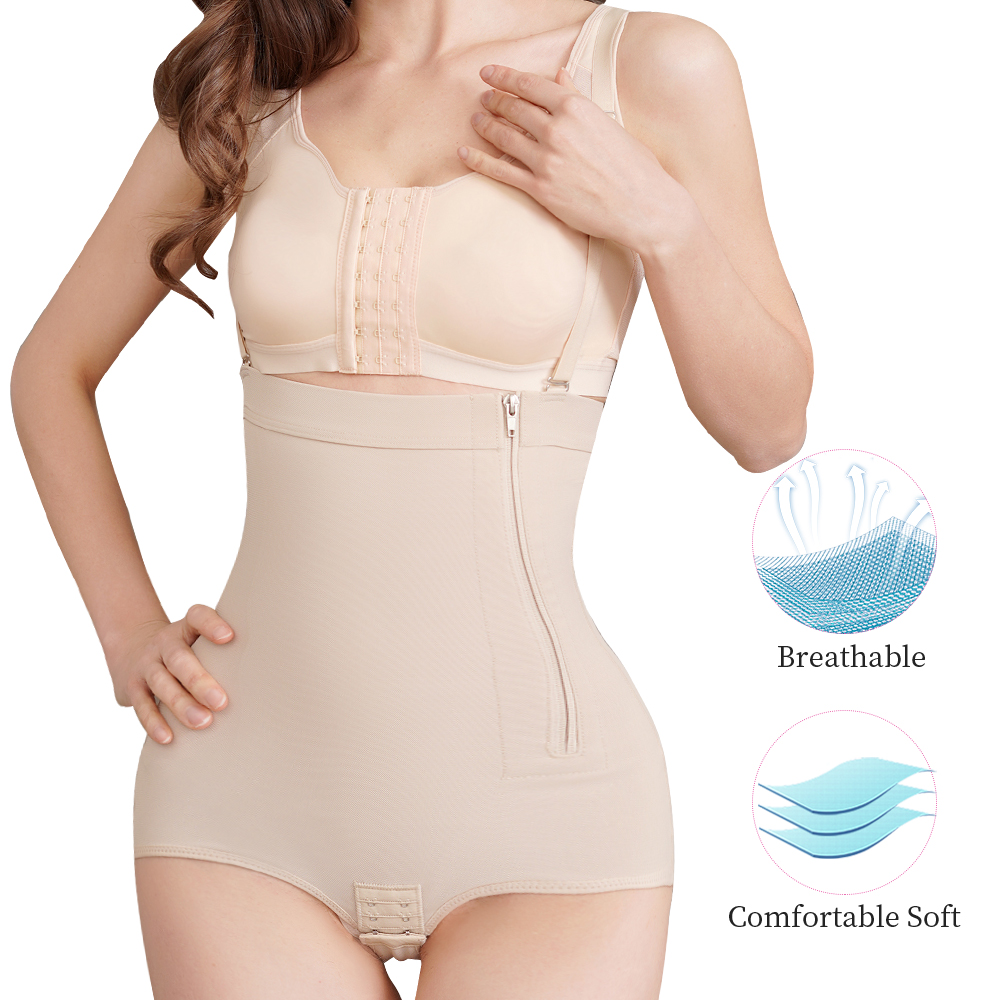
Wholesale Shaping Panty Factory in South America for Beauty Clinics
Get in touch with us
Related Posts

Arm Sleeves Manufacturer in South America for Sports Apparel Distributors
1. Why South America is Emerging as a Hub for Arm Sleeves Manufacturing In recent years, South America has become a strategic manufacturing base for sportswear, particularly performance accessories like

Sweat Shorts Factory in South America for Gymwear Startups
1. Why South America is Emerging as a Gymwear Manufacturing Hub South America is rapidly gaining recognition as a strategic location for gymwear and activewear manufacturing — including sweat shorts

Sauna Belt Manufacturer in South America for Health & Wellness Brands
1. Why Health & Wellness Brands Are Investing in Sauna Belts The health and wellness industry is booming globally, and sauna belts have emerged as a top product in the

Wholesale Shaping Panty Factory in South America for Beauty Clinics
1. Why Beauty Clinics are Turning to Wholesale Shaping Panty Suppliers In recent years, beauty clinics have evolved beyond skincare and cosmetic procedures to offer lifestyle-enhancing products. One of the
